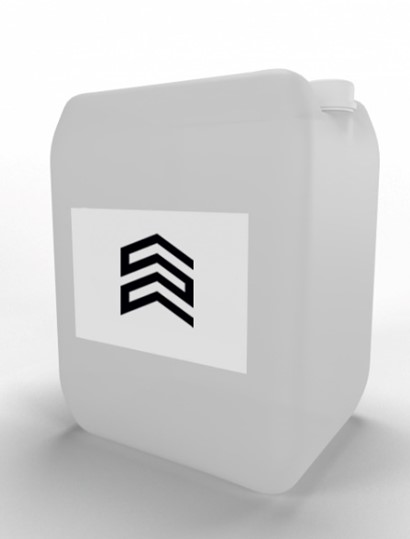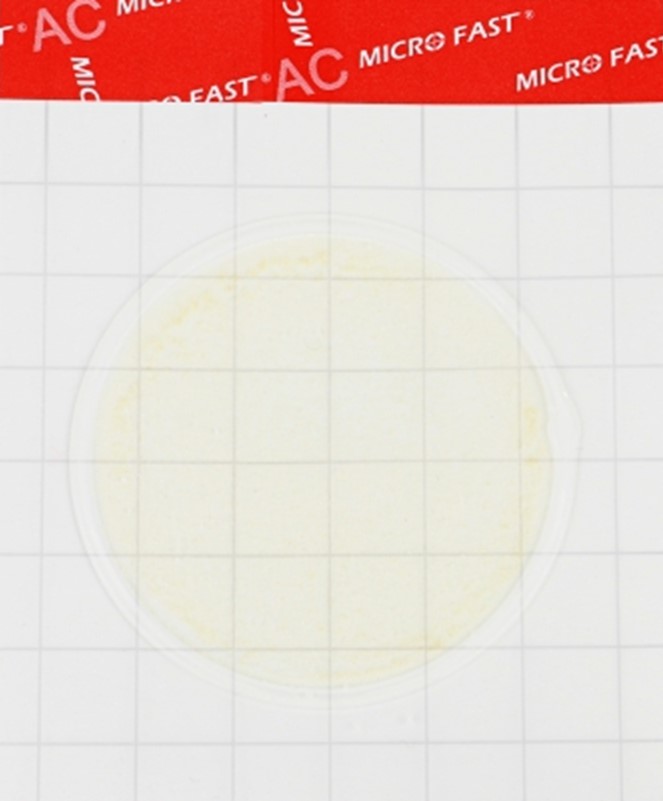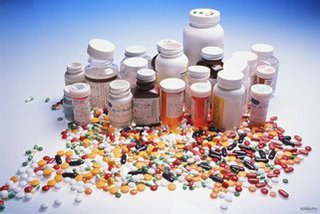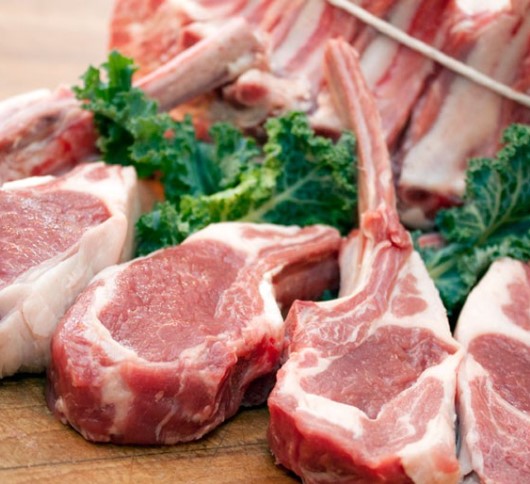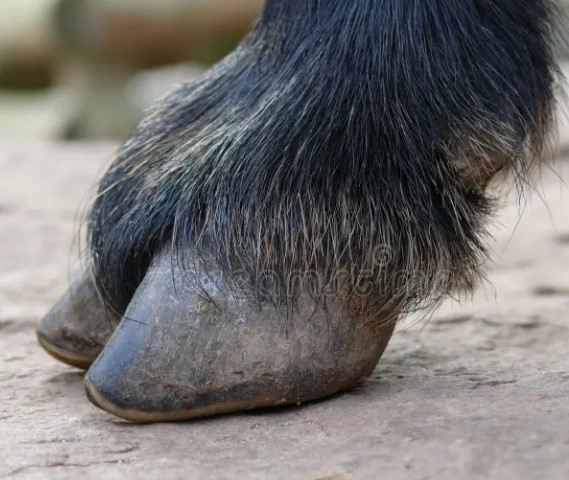Projects in Shklov, Volkovysk and beyond. The Ministry of Agriculture on the development of the dairy industry
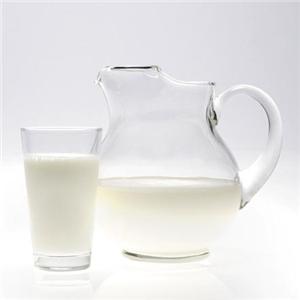
Photo is illustrative in nature. From open sources.
July 12, MINSK . Belarus plans to strengthen its position in the dairy market in the coming years. Maria Klimova, Deputy HEAD of the Main Directorate for Processing Industry of the Ministry of Agriculture and Food, told the TV channel about the large-scale projects that will be implemented, BELTA reports.
Belarus is a significant player in the global dairy market and is even among the top 5 countries in a number of positions. The program for the modernization and construction of dairy complexes in various regions, to which the President of Belarus ALEXANDER LUKASHENKO personally pays great attention , should increase the raw material base for processing in the future. And the country is already working on creating additional modern production capacities. In accordance with the dairy industry development strategy, which was adopted back in November 2023, measures are being taken to modernize, technically re-equip enterprises, and build new dairy production facilities.
About new significant projects in the dairy industry
According to Maria Klimova, 32 large organizations are currently engaged in MILK processing in Belarus. A number of new projects are being implemented. For example, a new dairy plant is being built in the Shklov district. "A good district for increasing milk production. If today the existing dairy plant receives 100 tons of milk per day, then the new plant will process three times more milk - already 300 tons," said a representative of the Ministry of Agriculture.
She emphasized that the production will meet modern quality and safety requirements. The day before, the head of the Presidential Property Management Department of Belarus Yuri Nazarov reported to Alexander Lukashenko on the implementation of this project.
An advance payment has already been made for the equipment for the plant and there is confidence that it will arrive on time when the appropriate sites are ready for it. They promise to build the facility in a year and put it into operation by the end of 2026.
Production capacities will also be expanded in other regions. For example, in the Grodno region, the head of state approved the construction of a new production facility at Bellakt OJSC. The issue is about building an additional production facility for dry baby food. The total cost of the project is estimated at Br380 million. The implementation of the investment project in Volkovysk will allow for an additional processing of 61 thousand tons of milk per year, increasing the production of dry infant formula that meets world standards to 15 thousand tons (a twofold increase), and expanding the geography of exports to countries in Asia, Africa, and Latin America.
On the dynamics of milk production in Belarus and EXPORT potential
According to Maria Klimova, the growth of milk production in the first half of 2025 was 4%. "In some regions, the growth is higher than the average for the republic. If in the republic it is 104% (compared to the level of the same period last year. - Note by BELTA), then in Brest, Grodno, Minsk - about 105-107%," the specialist said.
This is even more indicative in comparison with the dynamics in other countries, especially in countries that export dairy products. In many of them, the pace of development, on the contrary, slowed down, or even went into the negative. For example, the United States grew by only half a percent in five months, the European Union reduced milk production by 1%, and Argentina and Australia - by 2%.
"If we talk about the level of self-sufficiency, the indicator for milk and dairy products in Belarus reaches 283%. In the EU countries, for example, it is 117%. If we take Central Europe, the Scandinavian countries and the Baltic countries, it is no higher than 130%, in Eastern Europe - 102%. And in countries such as Spain, Italy , Greece and Portugal, the level of self-sufficiency in milk does not reach 80%," said Maria Klimova.
At the same time, Belarus demonstrates good growth rates. The level of milk production per capita reaches 985 kg per person per year, and the country consumes only 240 kg - a difference of about 4 times. "We can safely export with confidence that the domestic market will not suffer," the representative of the Ministry of Agriculture emphasized.
Over the first half of the year, the country has seen an increase in production in almost the entire range of dairy products.
Maria Klimova also drew attention to the need to develop raw material zones. "First of all, these are guaranteed supplies, and secondly, guaranteed milk quality , raw material quality," the specialist said.
Practical training of personnel, forage procurement are also important, and securing raw material zones gives impetus to the development of agriculture.
About further plans and exclusive products
As for the further development of the dairy industry, the plans include increasing milk production by 4-5%. In 2025, it is planned to process more than 9 million tons of milk, and by 2030 - about 10.5 million tons, by 2035 - 12 million tons.
First of all, the task is to process dairy raw materials into a product with high added value for export abroad. Currently, the cheese segment is especially developing. "Plus 8% for hard and semi-hard cheeses, which domestic enterprises are developing very successfully. We have learned to produce cheeses with long maturation periods, with fillers, even exclusive ones - not only with cranberries and chanterelles, onions, rye, but also with truffles - black and white. There is high demand for soft cheeses," said a representative of the Ministry of Agriculture.
The range of cheeses of domestic enterprises already includes almost 400 names.
In turn, in the segment of whole milk products, dairies are developing in the direction of functional products, products without added SUGAR, low-lactose and lactose-free.
"The enterprises work effectively. The level of sales profitability is higher than last year's level," emphasized Maria Klimova. " The products are exported to almost 50 countries, 40 of which are non-CIS countries. Traditional sales markets are the Russian Federation and the CIS countries due to close delivery logistics and sales efficiency."
Cheeses are supplied to about 26 countries, dry whey, dry products - to more than 20 countries. In the Asian market, for example, there is a high demand for dry whey. In the first half of the year, such product positions as whole milk products , dry milk products,cottage cheese and cheeses.
Belarus is a significant player in the global dairy market and is even among the top 5 countries in a number of positions. The program for the modernization and construction of dairy complexes in various regions, to which the President of Belarus ALEXANDER LUKASHENKO personally pays great attention , should increase the raw material base for processing in the future. And the country is already working on creating additional modern production capacities. In accordance with the dairy industry development strategy, which was adopted back in November 2023, measures are being taken to modernize, technically re-equip enterprises, and build new dairy production facilities.
About new significant projects in the dairy industry
According to Maria Klimova, 32 large organizations are currently engaged in MILK processing in Belarus. A number of new projects are being implemented. For example, a new dairy plant is being built in the Shklov district. "A good district for increasing milk production. If today the existing dairy plant receives 100 tons of milk per day, then the new plant will process three times more milk - already 300 tons," said a representative of the Ministry of Agriculture.
She emphasized that the production will meet modern quality and safety requirements. The day before, the head of the Presidential Property Management Department of Belarus Yuri Nazarov reported to Alexander Lukashenko on the implementation of this project.
An advance payment has already been made for the equipment for the plant and there is confidence that it will arrive on time when the appropriate sites are ready for it. They promise to build the facility in a year and put it into operation by the end of 2026.
Production capacities will also be expanded in other regions. For example, in the Grodno region, the head of state approved the construction of a new production facility at Bellakt OJSC. The issue is about building an additional production facility for dry baby food. The total cost of the project is estimated at Br380 million. The implementation of the investment project in Volkovysk will allow for an additional processing of 61 thousand tons of milk per year, increasing the production of dry infant formula that meets world standards to 15 thousand tons (a twofold increase), and expanding the geography of exports to countries in Asia, Africa, and Latin America.
On the dynamics of milk production in Belarus and EXPORT potential
According to Maria Klimova, the growth of milk production in the first half of 2025 was 4%. "In some regions, the growth is higher than the average for the republic. If in the republic it is 104% (compared to the level of the same period last year. - Note by BELTA), then in Brest, Grodno, Minsk - about 105-107%," the specialist said.
This is even more indicative in comparison with the dynamics in other countries, especially in countries that export dairy products. In many of them, the pace of development, on the contrary, slowed down, or even went into the negative. For example, the United States grew by only half a percent in five months, the European Union reduced milk production by 1%, and Argentina and Australia - by 2%.
"If we talk about the level of self-sufficiency, the indicator for milk and dairy products in Belarus reaches 283%. In the EU countries, for example, it is 117%. If we take Central Europe, the Scandinavian countries and the Baltic countries, it is no higher than 130%, in Eastern Europe - 102%. And in countries such as Spain, Italy , Greece and Portugal, the level of self-sufficiency in milk does not reach 80%," said Maria Klimova.
At the same time, Belarus demonstrates good growth rates. The level of milk production per capita reaches 985 kg per person per year, and the country consumes only 240 kg - a difference of about 4 times. "We can safely export with confidence that the domestic market will not suffer," the representative of the Ministry of Agriculture emphasized.
Over the first half of the year, the country has seen an increase in production in almost the entire range of dairy products.
Maria Klimova also drew attention to the need to develop raw material zones. "First of all, these are guaranteed supplies, and secondly, guaranteed milk quality , raw material quality," the specialist said.
Practical training of personnel, forage procurement are also important, and securing raw material zones gives impetus to the development of agriculture.
About further plans and exclusive products
As for the further development of the dairy industry, the plans include increasing milk production by 4-5%. In 2025, it is planned to process more than 9 million tons of milk, and by 2030 - about 10.5 million tons, by 2035 - 12 million tons.
First of all, the task is to process dairy raw materials into a product with high added value for export abroad. Currently, the cheese segment is especially developing. "Plus 8% for hard and semi-hard cheeses, which domestic enterprises are developing very successfully. We have learned to produce cheeses with long maturation periods, with fillers, even exclusive ones - not only with cranberries and chanterelles, onions, rye, but also with truffles - black and white. There is high demand for soft cheeses," said a representative of the Ministry of Agriculture.
The range of cheeses of domestic enterprises already includes almost 400 names.
In turn, in the segment of whole milk products, dairies are developing in the direction of functional products, products without added SUGAR, low-lactose and lactose-free.
"The enterprises work effectively. The level of sales profitability is higher than last year's level," emphasized Maria Klimova. " The products are exported to almost 50 countries, 40 of which are non-CIS countries. Traditional sales markets are the Russian Federation and the CIS countries due to close delivery logistics and sales efficiency."
Cheeses are supplied to about 26 countries, dry whey, dry products - to more than 20 countries. In the Asian market, for example, there is a high demand for dry whey. In the first half of the year, such product positions as whole milk products , dry milk products,cottage cheese and cheeses.

























